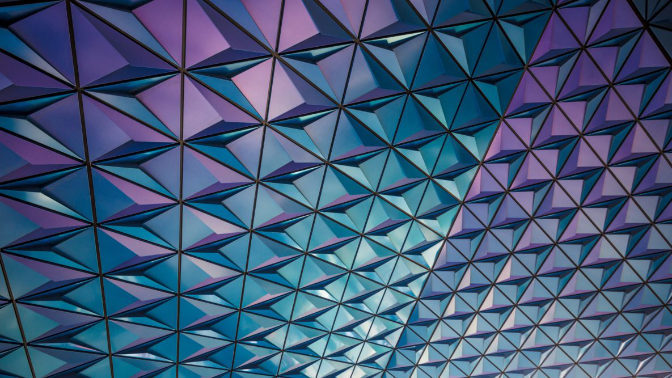Welcome to the second quarter of 2021. As consumers are waiting for the launch of summer collections, we are looking forward to the new collection of digital retail trends that are about to drop in the next following months.
The world of retail is back on track after the short but agonizing blockage at the Suez Canal, which we painstakingly watched being resolved last week. Our shipments being a tad late, but the world of digital retail trends was luckily unfazed by the blockage in the front of the Suez Canal.
Let’s take a look at the new retail trends and news of this week.
What’s the latest news in the digital retail world
Going contactless: The most recent reports have shown a steady rise in the use of contactless payments. The research projects that by the end of 2025, 50.1% of U.S. smartphone users 14 and older will be using their devices to make payments that they might have made in the past with cash or plastic. In 2020 the number of U.S. users of “proximity mobile payments” — contactless use of wallets — rose to 92.3 million due to the growing concerns of transmitting COVID-19 over the use of plastic credit cards or via cash onto the consumer. (The Financial Brand)
Not a thing of the past: According to the social media giant Facebook, they will be testing a new feature. The proposed rollout of personalized QR codes has already taken place. The use of Facebook’s personalized QR codes is intended to serve as a new payment method. users will be prompted with a “scan” button on the Facebook Pay carousel, allowing users to scan a friend or family member’s QR code, choose an amount and send a payment. Facebook Pay will also unveil personalized payment links, which direct others to a secure page to transfer money to the user’s account. Now, you might think the QR codes are the thing of the digital past, but the PYMNTS research found that contactless payments have risen by 150 percent in the past two years, leading to an 11 percent rise in QR code adoption since the start of the COVID pandemic. (PYMNTS)
Breath-in the wellness of tech opportunities: In the wake of the third (and seemingly not last) Coronavirus wave, more and more people have been struggling to find a purpose or to get up in the morning. With that being said, people are seeking wellness coping mechanisms. And more are finding them in tech-enabled, retail goods. According to the American Psychological Association (APA), 47% of Americans are feeling anxiety, 44% are feeling sadness, and 39%, anger. It’s not surprising that the digital therapeutics market, estimated to be worth nearly $2 billion in 2017, will reach a projected whopping $14.5 billion by 2027. This is where we believe retailers might have a huge role to play, as they will most likely start aligning technologies with their “feel-good” products and services. Retailers and brands can help replace feelings of gloom and mundanity with new experiences one would look forward to – think small sensory treats that stimulate the brain and body to move in the morning with the use of smarter, gentler alarm apps and clocks, coffee makers with aromatic smart brewing options, smart mirrors and wellness apps. (The Wise Marketer)
Artificial sparkle: They say diamonds are a girl’s best friend, and India plans on making more of them in their laboratories, where they are planning on accounting for about a quarter of the estimated global laboratory-grown diamonds output of 6 to 7 million carats. Now that’s a lot of sparkles! According to the sources and thanks to the technological breakthroughs, cost-efficient production of gem-quality stones and growing consumer awareness of synthetic diamonds are putting India on the map as a major hub of lab-grown diamonds. (Retail Economic Times)
The new mode of fashion: The mass adoption of AR will create seamless connectivity, drive augmented commerce (a-commerce) sales and unlock opportunities for marketers to advertise on new platforms and applications. This major shift is being driven by the youngest consumer generation that is gaining purchase power, Gen Z. The new young consumers think that through AR or VR, the internet and apps will impact our view of the world constantly, wherever we are. Furthermore, 78 % of Gen Z believe all software and websites/digital experiences will have digital learning/AI capabilities. AR and VR are already being used in some shopping apps (primarily in the furniture and home designing space) and will continue to change the way we shop online. As we enter the immersive economy, brands and retailers must prepare for a shift from e-commerce to a-commerce. Particularly in the beauty and fashion sector, younger consumers will increasingly demand creative, unique, personalized, and immersive shopping journeys. (Nsicap)






